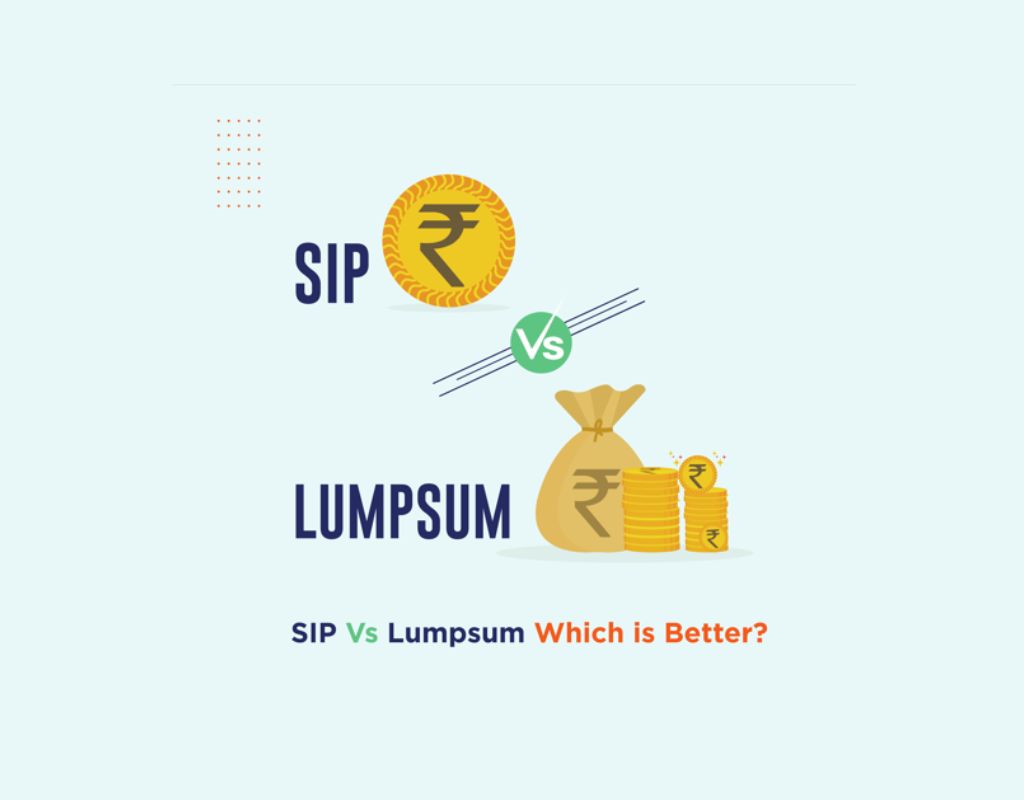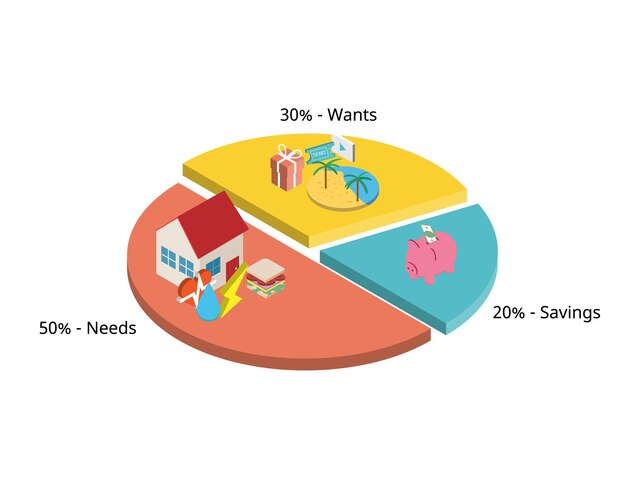SIP vs. Lump Sum: Which Investment Strategy is Right for You?
Investing is a crucial part of building wealth, and two popular approaches stand out for mutual funds — Systematic Investment Plans (SIP) and Lump Sum Investments. Both strategies have their merits, but the right choice depends on factors like risk tolerance, market conditions, and financial goals. In this blog, we’ll delve into the differences, advantages, and ideal scenarios for both approaches to help you make an informed decision.

What is SIP (Systematic Investment Plan)?
A SIP is a disciplined investment approach where an investor contributes a fixed amount at regular intervals — weekly, monthly, or quarterly — into a mutual fund. It leverages the power of rupee cost averaging and makes investing affordable for everyone.
How SIP Works:
- You invest a fixed amount regularly.
- You get more units when the market is down and fewer units when the market is up.
- Over time, this averages out the cost per unit.
What is Lump Sum Investment?
In a lump sum investment, you invest a large amount of money in one go. This method requires timing the market better to maximize returns. Lump sum works best when the market is at a low point or if the investor has a high-risk tolerance.
How Lump Sum Works:
- You invest a significant amount upfront.
- Returns are highly influenced by market timing.
- Suitable for investors who can afford to lock in large amounts.
Key Differences Between SIP and Lump Sum

Advantages of SIP
- Rupee Cost Averaging:
- Mitigates market volatility by averaging the cost of units.
- Discipline in Investing:
- Encourages consistent saving habits.
- Affordability:
- Ideal for investors with limited funds.
- Flexibility:
- Easy to adjust or stop without penalties.
- Power of Compounding:
- Long-term SIPs benefit from compound interest.
Advantages of Lump Sum
- Maximizing Returns in Bull Markets:
- If markets are bullish, lump sum investments can yield high returns.
- Less Administrative Hassle:
- One-time investment; no need to track monthly payments.
- Immediate Market Exposure:
- Good for investors who anticipate market growth.
Disadvantages of SIP
- Opportunity Cost:
- In a rapidly growing market, SIPs might yield lower returns compared to lump sum investments.
- Requires Patience:
- Takes longer to accumulate significant wealth.
Disadvantages of Lump Sum
- High Market Risk:
- If the market crashes soon after investment, losses can be substantial.
- Market Timing is Crucial:
- Requires understanding of market cycles.
- Psychological Pressure:
- High stress due to large capital at stake.
When to Choose SIP?
- For Beginners: If you’re new to investing, SIP provides gradual market exposure.
- During Volatile Markets: Helps navigate market ups and downs through cost averaging.
- For Regular Income Earners: Ideal for salaried individuals or those with consistent income.
When to Choose Lump Sum?
- Market at a Low Point: If the market has just dipped, lump sum can lock in lower unit prices.
- Surplus Funds Available: If you receive a windfall or have large savings.
- Long Investment Horizon: If you can afford to stay invested for a long time.
Tax Implications
- SIP: Each SIP installment is treated as a fresh investment, and gains are taxed individually based on the holding period.
- Lump Sum: The entire investment is subject to long-term or short-term capital gains tax depending on the holding period.
Historical Performance Comparison
Historically, SIPs have shown resilience during volatile markets, offering more stable returns over time. Lump sum investments tend to outperform when markets are on a continuous upward trend.
Hybrid Approach: Why Not Both?
Sometimes, a combination of SIP and lump sum works best.
- Lump Sum in Debt Funds: To park emergency funds or short-term money.
- SIP in Equity Funds: For long-term wealth creation.
This approach balances the risk and provides liquidity with steady growth.
Conclusion
Choosing between SIP and lump sum depends on your financial goals, market conditions, and risk tolerance. SIP is ideal for those seeking steady, disciplined growth with minimal risk. Lump sum suits those who can time the market and have significant capital to invest.
Ultimately, combining both strategies could be the optimal way to achieve financial security and maximize returns. Analyze your goals and start investing wisely.
Start your investing journey






